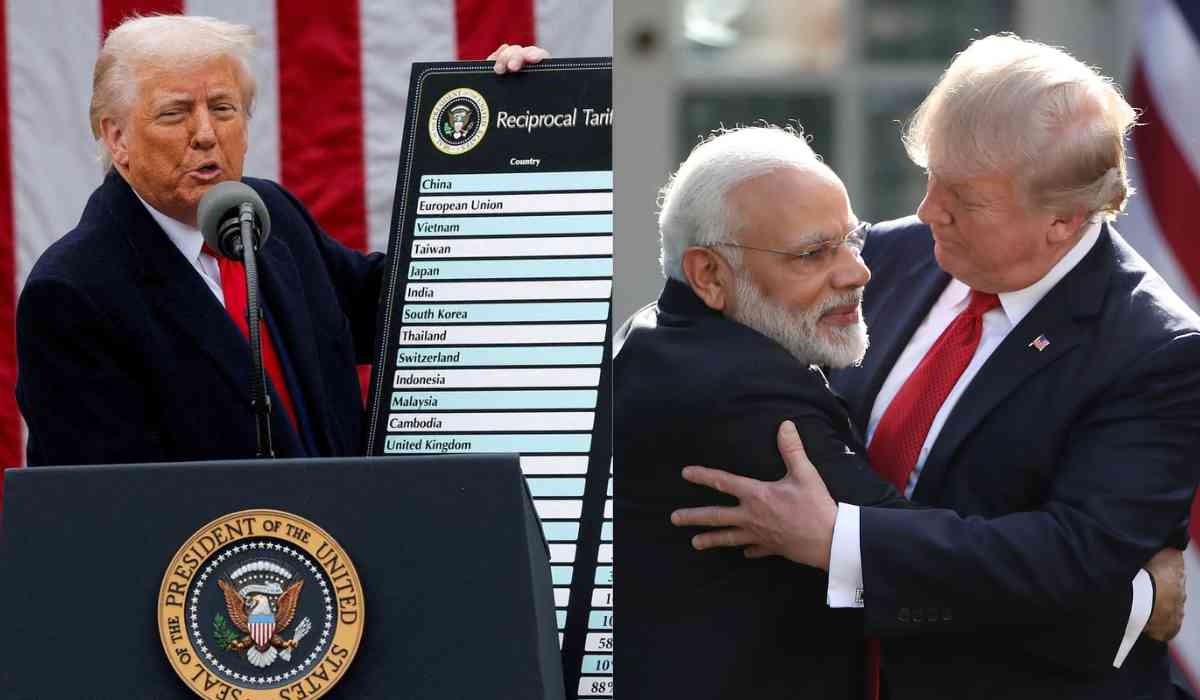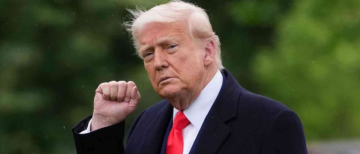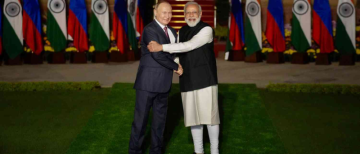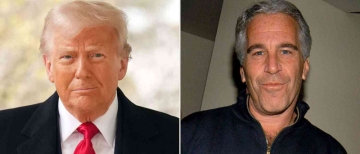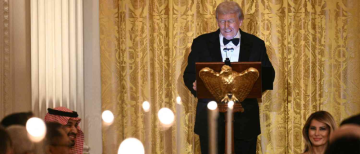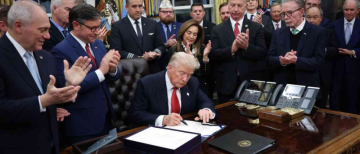U.S. President Donald Trump has announced new tariffs on 14 countries, while also saying the United States is “close to making a deal with India.” The tariffs—ranging from 25% to 40%—apply to a wide group of nations and are set to begin on August 1, unless fresh trade agreements are made.
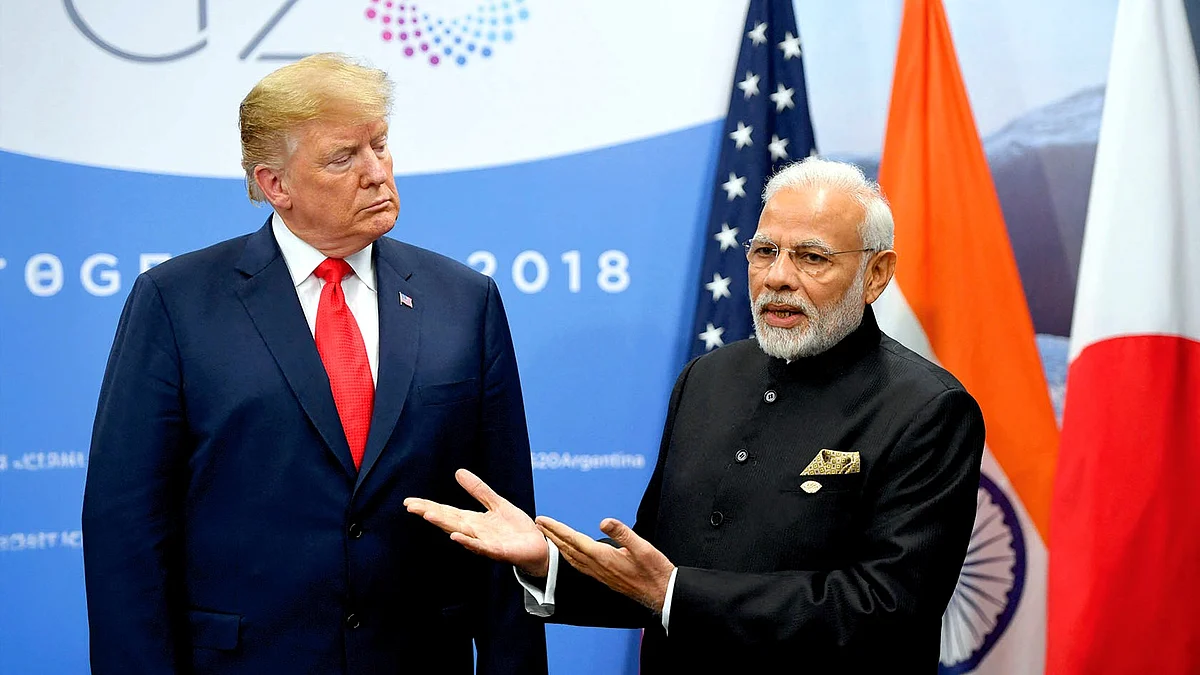
Trump shared letters on his Truth Social platform notifying leaders from countries like Japan, South Korea, Thailand, Indonesia, Bangladesh, Serbia, South Africa, and Laos of the planned tariffs. For example, Japan and South Korea face a 25% tariff, while Laos and Myanmar could see as high as 40%.
At the same time, Trump said that the U.S. is nearing a trade deal with India. He noted that deals have already been made with the UK, China, and Vietnam, and now India is in the final stages. The deal is expected to focus on lowering tariffs, although areas like agriculture and dairy have yet to be fully settled.
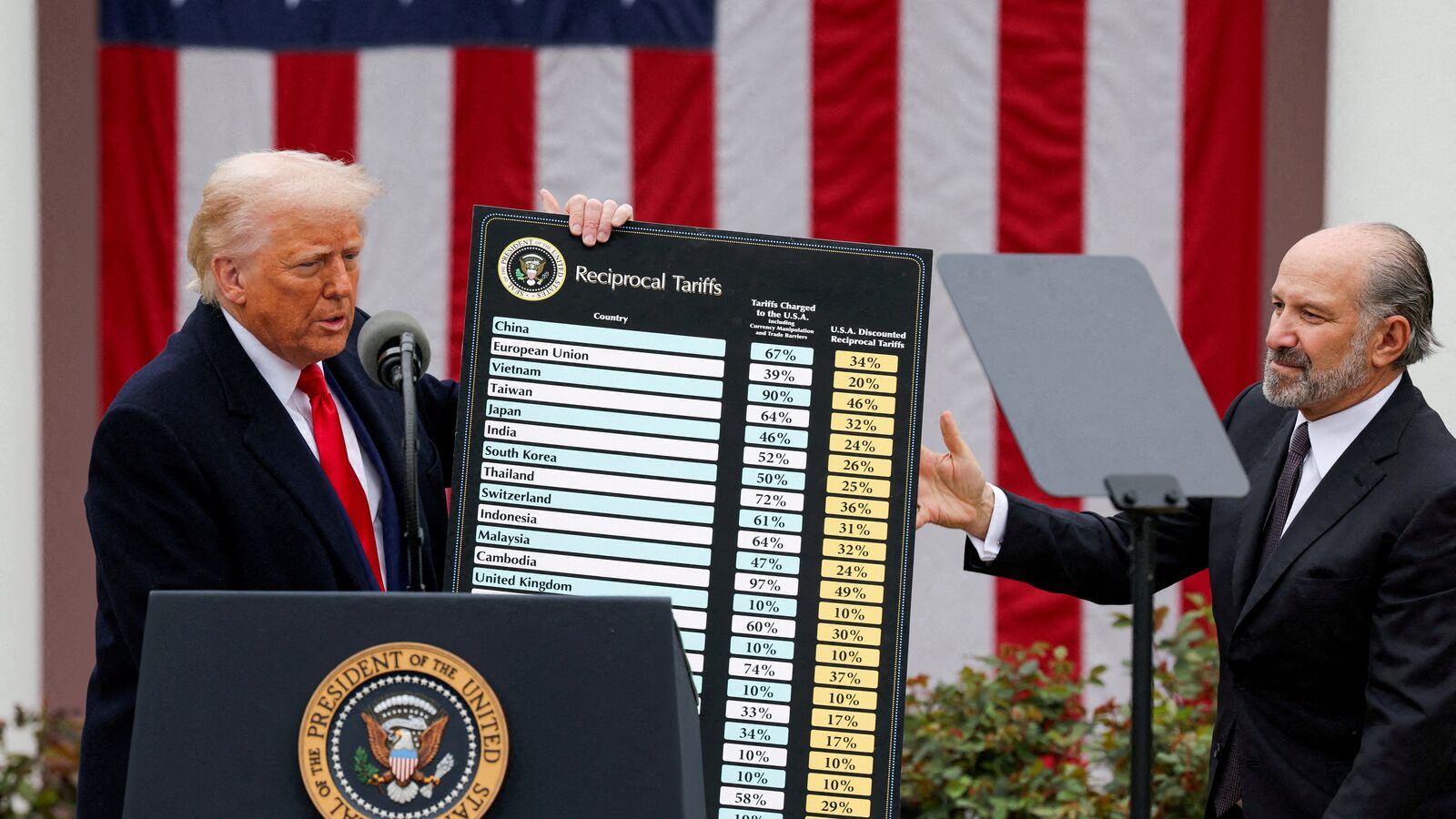
Why both moves now?
Trump aims to push countries toward faster trade agreements by setting a deadline. He extended a previous July 9 deadline to August 1, giving partners a window to negotiate. He emphasized that any country that retaliates with tariffs would face higher rates on top of the existing levels.
He has also threatened tariffs on BRICS-aligned countries such as Brazil, Russia, India, China, and South Africa, by an extra 10% if they pursue what he called “anti‑American” policies . India, however, received a pass in this round.
Market and economic impact
Stock markets reacted quickly. U.S. markets fell about 0.8–1%, with the S&P 500 and Nasdaq both dropping . Asian markets, including Japan, South Korea, and Hong Kong, were mixed, with small gains in some regions .
In India, the rupee strengthened slightly, helped by optimism over the prospective trade deal with the U.S. India-focused investors added around $100 million in shares and bonds.
Trump’s “reciprocal” tariff system draws criticism from economists. Many argue it misunderstands trade deficits and could slow U.S. economic growth. Higher costs for imports like steel and aluminum could raise prices for American consumers and slow manufacturing at home .
In India, manufacturers are already feeling the effects. A small steel factory in West Bengal reported delayed orders and canceled contracts after earlier U.S. steel tariffs were imposed. Foundries exporting to the U.S. have lost business, raising concerns about thousands of small and medium-sized enterprises.
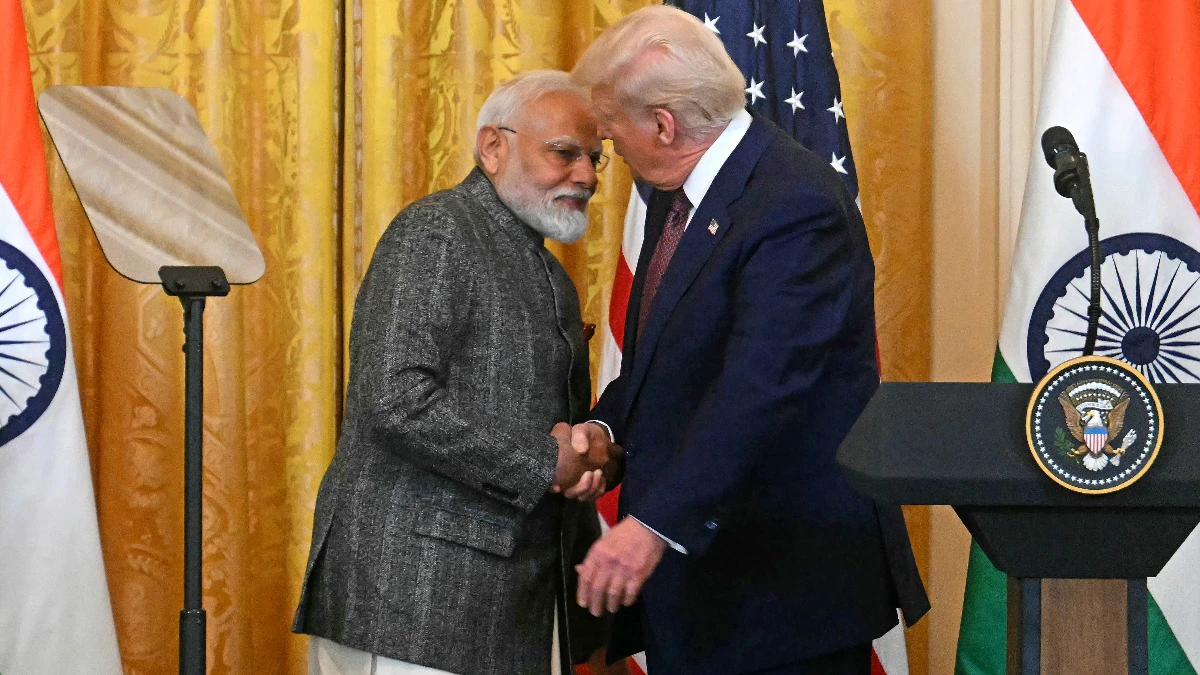
What’s next for the India deal?
Trump said he and Indian Prime Minister Narendra Modi remain focused on reaching an agreement, following their February meeting in Washington. The goal is to double bilateral trade to $500 billion by 2030. Despite sticking points in agriculture, dairy, and market access, negotiators from both countries are working to finalize a “mini-deal” by August 1.
Why this matters
-
Trade talks or trade wars? The U.S. is using tariffs as a tool to pressure countries into quick deals—and rewarding partners like India by excluding them.
-
Global ripple effects. Tariffs on many countries add costs and uncertainty in supply chains, affecting prices for consumers and businesses worldwide.
-
India in focus. Exclusion from tariffs has strengthened India’s economic position, and reaching a deal would bring mutual benefits—but key sectors still need resolution.
Overall, this is a dual strategy: apply pressure globally, while offering a carrot to India. The coming weeks will show whether this approach will lead to more balanced trade ties—or escalating trade tensions.
With inputs from agencies
Image Source: Multiple agencies
© Copyright 2025. All Rights Reserved Powered by Vygr Media.

